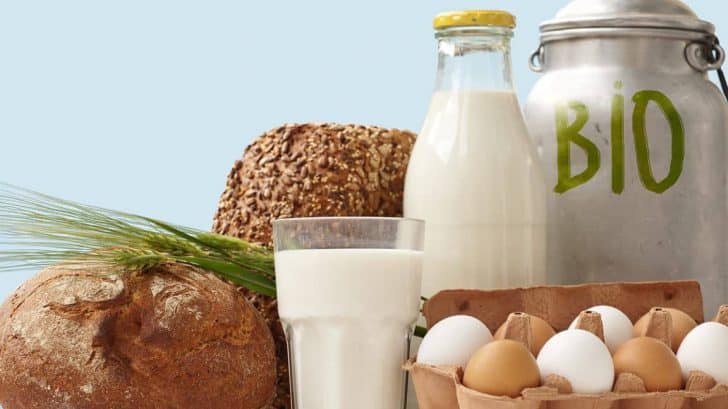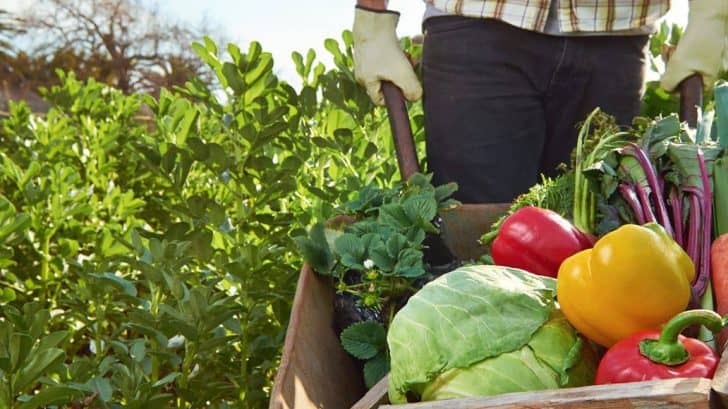Bio has arrived in the middle of society. In the last years Bio has developed enormously in Austria. The facts and figures speak for themselves.
However, at least in the organic agriculture, the trend is likely to continue in the future, not so very clearly, but ended the support measure for the entry and transition to organic agriculture at the end of 2018. And in some product areas such as meat, there has been no progress for years at Bio in Austria. Too much the consumer should be used to cheap prices here. Price promotions for meat in Austria are particularly important in the retail sector.
Despite the great development, there is still enough potential, for example in local restaurants: Gertraud Grabmann from Bio Austria: "There is more organic in Austria's refrigerators than in the catering trade."
Facts about organic in Austria (Stand 2019)
Organic in Austria: retail GRAPHICS

About nine percent of all fresh food retail products are purchased in organic quality. The highest percentage of organic eggs. Statistically, every Austrian household spends 148 Euro (2018 + 5,3 percent on the previous year) for organic food. 96,5 percent of all Austrians buy organic at least once a year.
The amount purchased increased from 7,4 percent to the previous year, the value by 6,7 percent. Sales have increased fifty percent since 2013, five times higher than conventional foods.
Eggs (22,3 percent) and milk (23,2 percent) are the largest pro rata organic products, with potatoes (17,4 percent), fresh vegetables (16 percent) and yoghurt (21,9 percent) above average. Every tenth organic product is available in butter (10,7 percent), cheese (10,2 percent) and fruit (10,7 percent). Meat and poultry (4,4 percent), sausage and ham are less well (2,8 percent).
The market shares for organic in Austria: food retail (55,4 percent), discount (23,4 percent), direct marketing (12,1 percent), organic supermarket (1,1 percent), health food store (1,1 percent), Other (6,9 percent).
Organic in Austria: Agriculture GRAPHICS

Currently around 23.500 farms produce - proud 21,3 percent - organic in Austria. They manage around a quarter of the total agricultural area (24,7 percent). From 2017 to 2018, the area has even grown by 17.000 hectares - that's 63 football pitches per day.
According to the federal states, Salzburg has a clear lead with an organic share of 58 per cent in area. Thereafter: Burgenland (33,8 percent), Vienna (32,3 percent) and Lower Austria (21,5 percent).
Salzburg also has the highest share of organic farms in Austria with 48 percent, then Vienna (27 percent), Burgenland (24 percent).
Organic in Europe from an Austrian point of view
In a country comparison, Austria was ranked fourth in 2017. Only Denmark, Sweden and Switzerland have a higher organic share in the market.
The share of bio in the export can not be statistically evaluated as Bio does not have its own customs tariff number in Austria. According to estimates, the proportion is two-thirds.
Organic products generate sales of ten billion euros in Germany and around eight billion euros in France.
Photo / Video: Shutterstock, WADA, Bio Austria.



